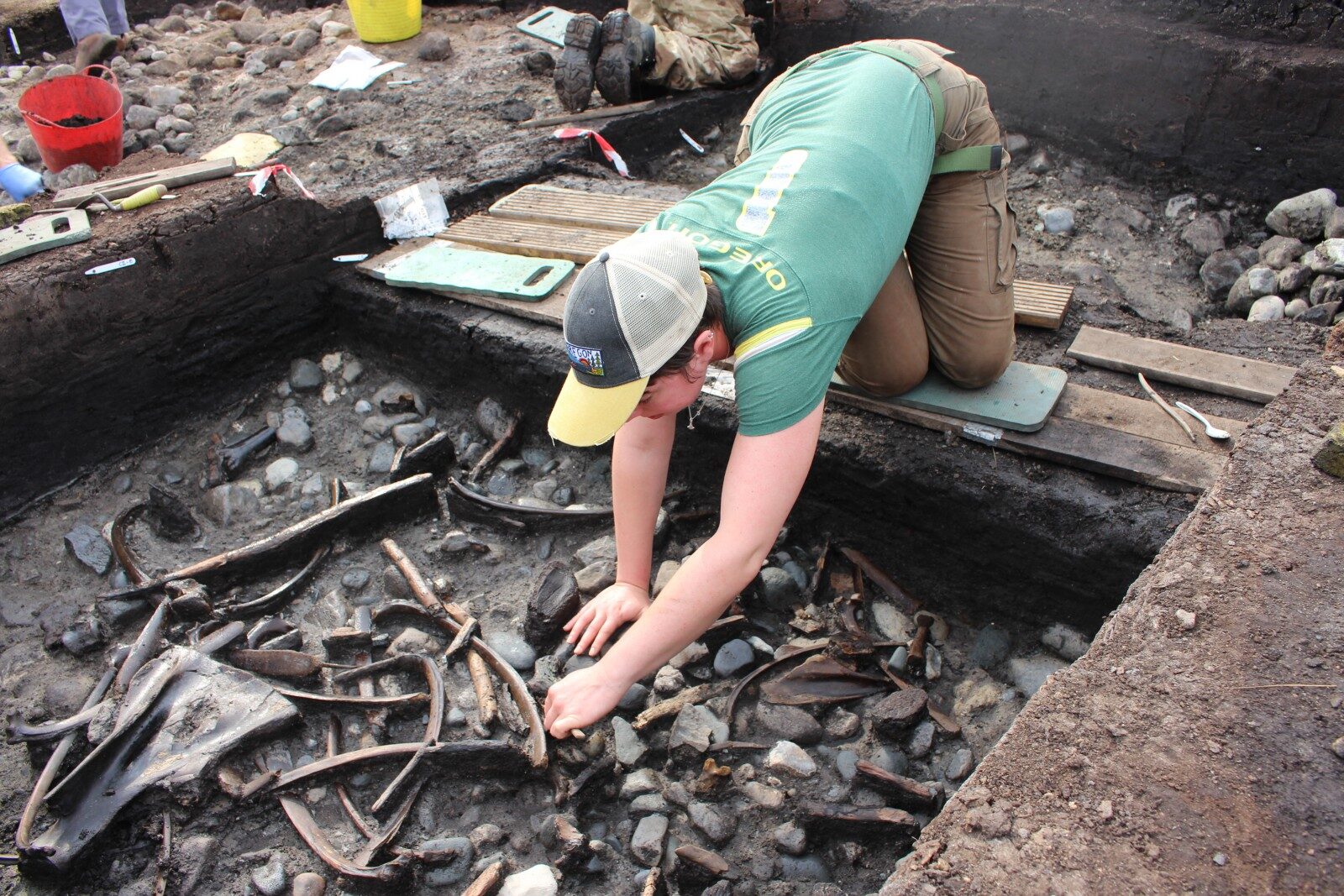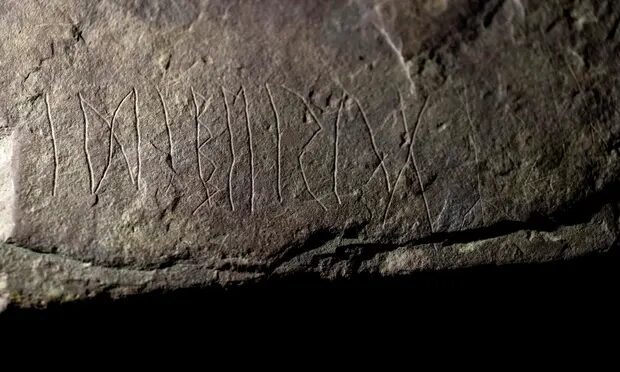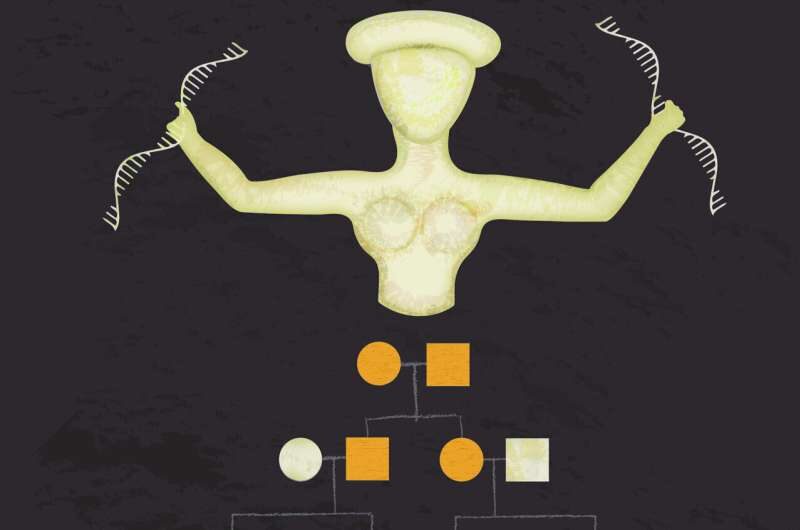A team of archaeologists from the Universities of Chester and Manchester has made discoveries which shed new light on the communities who inhabited Britain after the end of the last Ice Age.

© University of Chester
Excavations carried out by the team at a site in North Yorkshire have uncovered the exceptionally well-preserved remains of a small settlement inhabited by groups of
hunter-gatherers around 10,500 years ago. Among the finds that the team recovered were the bones of animals that people hunted, tools and weapons made from bone, antler and stone, and rare traces of woodworking.
The site near Scarborough originally lay on the shore of an island in an ancient lake and dates to the Mesolithic, or 'Middle Stone Age' period. Over thousands of years the lake slowly filled in with thick deposits of peat, which gradually buried and preserved the site.
Dr Nick Overton from The University of Manchester said: "It is so rare to find material this old in such good condition. The Mesolithic in Britain was before the introduction of pottery or metals, so finding
organic remains like bone, antler and wood, which are usually not preserved, are incredibly important in helping us to reconstruct peoples' lives."
Analysis of the finds is allowing the team to learn more and change what has been previously understood about these early prehistoric communities. The bones show that
people were hunting a wide range of animals in a number of different habitats around the lake, including large mammals such as elk and red deer, smaller mammals such as beavers, and water birds. The bodies of hunted animals were butchered and parts of them were intentionally deposited into the wetlands at the island site.
The team also discovered that some of the
hunting weapons made of animal bone and antler had been decorated, and had been taken apart before being deposited on the island's shore. This, they believe, shows that Mesolithic people had strict rules about how the remains of animals and objects used to kill them were disposed of.



Comment: See also: